Aspen Pittman Designs / Spacestation V.3
The idea that a single speaker could create stereo sound was never something that had crossed my mind initially. However, when I actually connected a keyboard to the speakers, I was able to easily create a stereo spread.
I wondered how I could convey this atmosphere, so I set up two condenser microphones in the room and recorded the room noise. Please forgive the rattling sound of the keyboard.
The back panel is very simple. You can connect to LR and equalize with MIDS and HFQ.
By adjusting the WIDTH knob, you can control the spread of the sound.
First, compare with 1) the WIDTH turned down and with 2) the WIDTH at about 4 o'clock.
In 1), the sound comes out from the front and this is like being connected to a normal amplifier.
Like in 2), the sound comes out from the front, and it sounds like a normal amp. The reverb component spreads to the sides and the sound becomes enveloping.
Also, in 3), I used AUTO PAN for the arpeggiator sound.
When PAN is applied strongly, the sound sounds as if it is popping out and creates an interesting effect.
In 4), I experimented with using AUTO PAN and PHASER on distorted sounds.
I think you can aim for a stronger effect if you make the shaking sound a little stronger, but I don't think it is coming from a single speaker.
I think it will be easier to create for a targeted sound space.
I also tried using it at an actual performance site.
I used it as a monitor with three people (vocalist, keyboardist, and drummer), and I had no problems using it with just one unit.
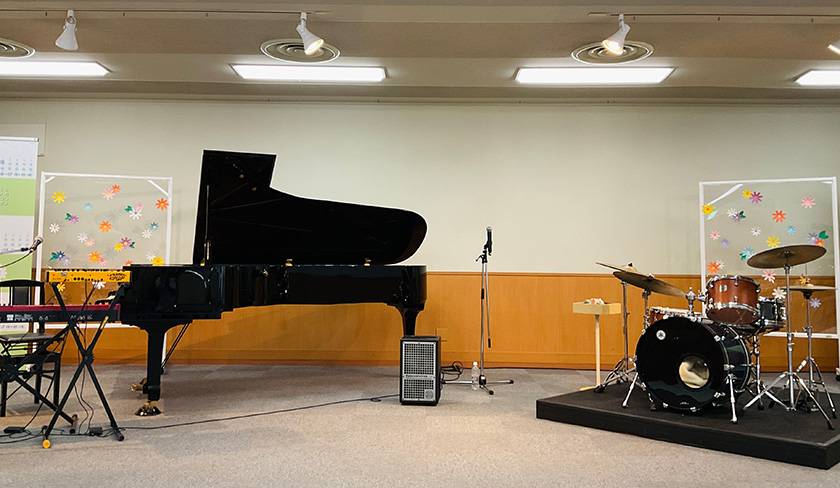
I think this will be useful because it can create such a large sound space with a single unit.
It can be used in a small space with an acoustic group, and I think the Spacestation would be great for ambient and electro-oriented groups as well.
I have more sounds that I want to try, so I may end up with more effects pedals!
The “sound & person” column is made up of contributions from you.
For details about contributing, click here.





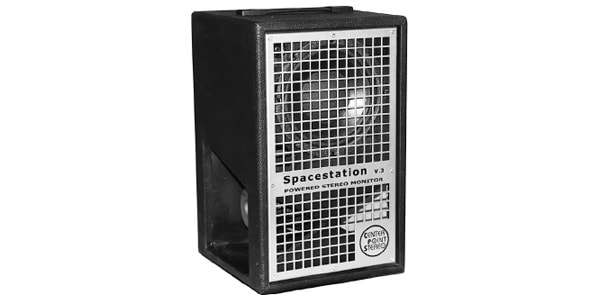







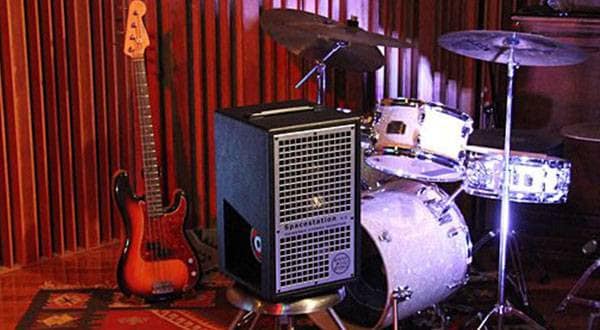
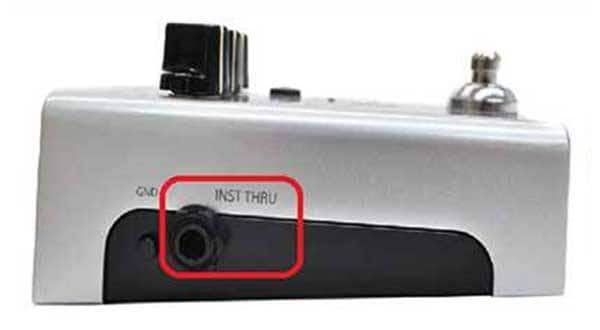
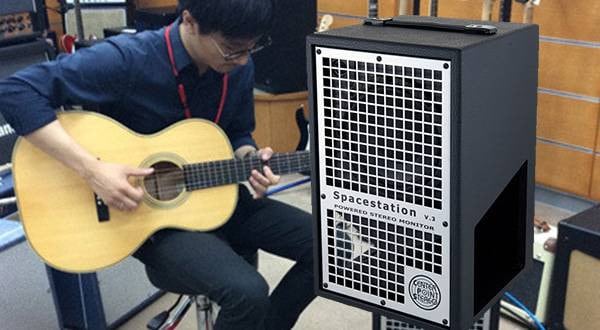
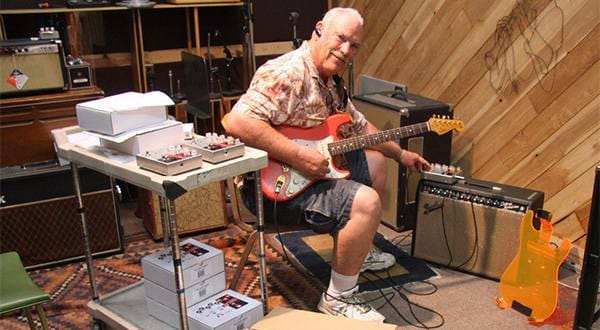
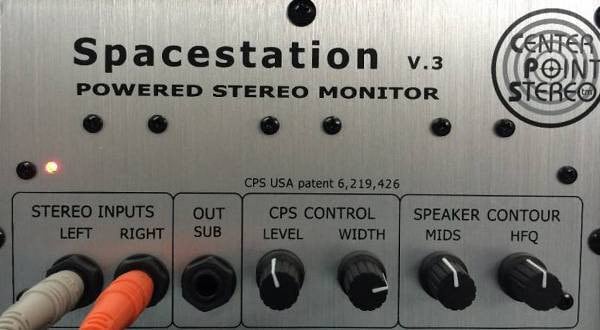

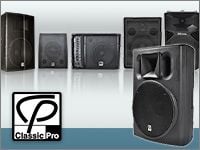 スピーカーの定番 Classic Proのおすすめモデル
スピーカーの定番 Classic Proのおすすめモデル
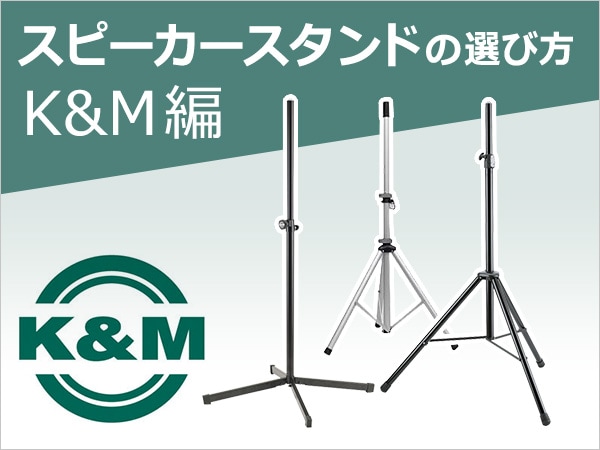 スピーカースタンドの選び方 K&M編
スピーカースタンドの選び方 K&M編
 スタジオモニタースピーカーを選ぶ
スタジオモニタースピーカーを選ぶ
 スピーカーユニット交換
スピーカーユニット交換
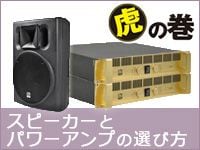 スピーカーとパワーアンプの選び方
スピーカーとパワーアンプの選び方
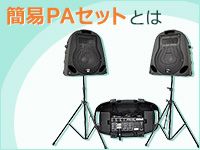 簡易PAセットとは
簡易PAセットとは















